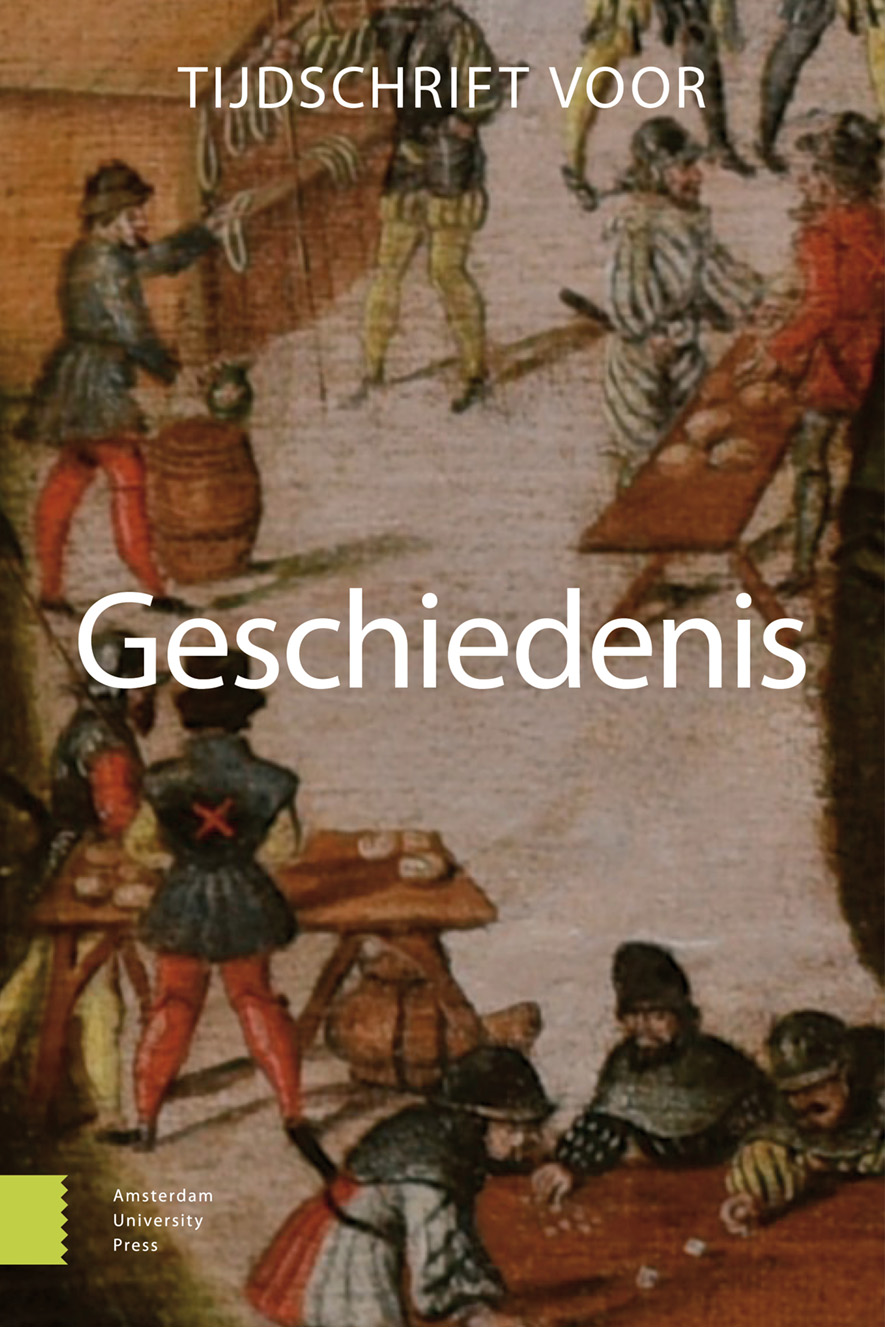- Home
- A-Z Publicaties
- Tijdschrift voor Geschiedenis
- Previous Issues
- Volume 134, Issue 2, 2021
Tijdschrift voor Geschiedenis - Volume 134, Issue 2, 2021
Volume 134, Issue 2, 2021
-
-
Inleiding. Karaktermoord is een tijdloos wapen
Meer MinderAbstract Introduction. Character assassination, a timeless weapon Character assassination is the deliberate destruction of an individual’s reputation or credibility. While the term itself is relatively new, the practices it describes can be found in virtually all cultures and historical epochs. Despite their great variety, character attacks share five common aspects or pillars: they involve an attacker, a target, a medium, an audience a Read More
-
-
-
Zwarte inkt: de karaktermoord op Gaius Caligula
Meer MinderDoor Henri van NispenAbstract Black ink. The defamation of Gaius Caligula This article analyses how ancient media were used for the character assassination of the Roman emperor Gaius Caligula. Why was Caligula’s reputation so severely damaged? How was this done? In the complicated situation in which Caligula came to power, the Augustan system of an autocratic rule hidden behind a republican veil was pushed aside. As a result, the co Read More
-
-
-
Van prins tot zwart schaap en terug
Meer MinderDoor Bart van HeesAbstract From prince to black sheep and back. Royal prince Pippin in Carolingian historiography This article investigates the rather fluid process of character assassination of Pippin, nicknamed “the Hunchback”. In 792 Pippin joined a conspiracy led by more than a few noblemen against his father, Charlemagne. However, the plot came out just in time and Pippin was confined to a monastery for the rest of his life. His memor Read More
-
-
-
Angstcultuur en complotdenken tijdens het Bestand
Meer MinderDoor Helmer HelmersAbstract Conspiracy Thinking and the Culture of Fear During the Twelve Year’s Truce: The Character Assassination of Johan van Oldenbarnevelt (1617-1619) A remarkable public attack was launched against John of Oldenbarnevelt during the Dutch Truce Conflicts of 1609-1619, which culminated in his execution in May 1619. This article analyses the genesis and effectiveness of this early modern ‘character assassinatio Read More
-
-
-
Fake news for the American Revolution
Meer MinderDoor Eric ShiraevAbstract The case of the false letters attributed to George Washington—the first president of the United States—serves as a classical example of character attacks conducted with the help of “fake news”. The fake letters attributed to Washington were allegedly intercepted in 1776. The seven letters were addressed to Washington’s relatives and to a friend. This alleged Washington’s correspondence revealed his serious charact Read More
-
Volumes & issues
Most Read This Month
Article
content/journals/00407518
Journal
10
5
false
nl


